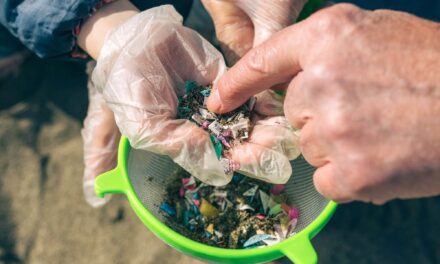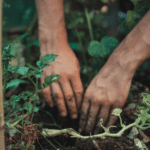
Microplastics Exposed: 10 Practical Tips for a Greener Life
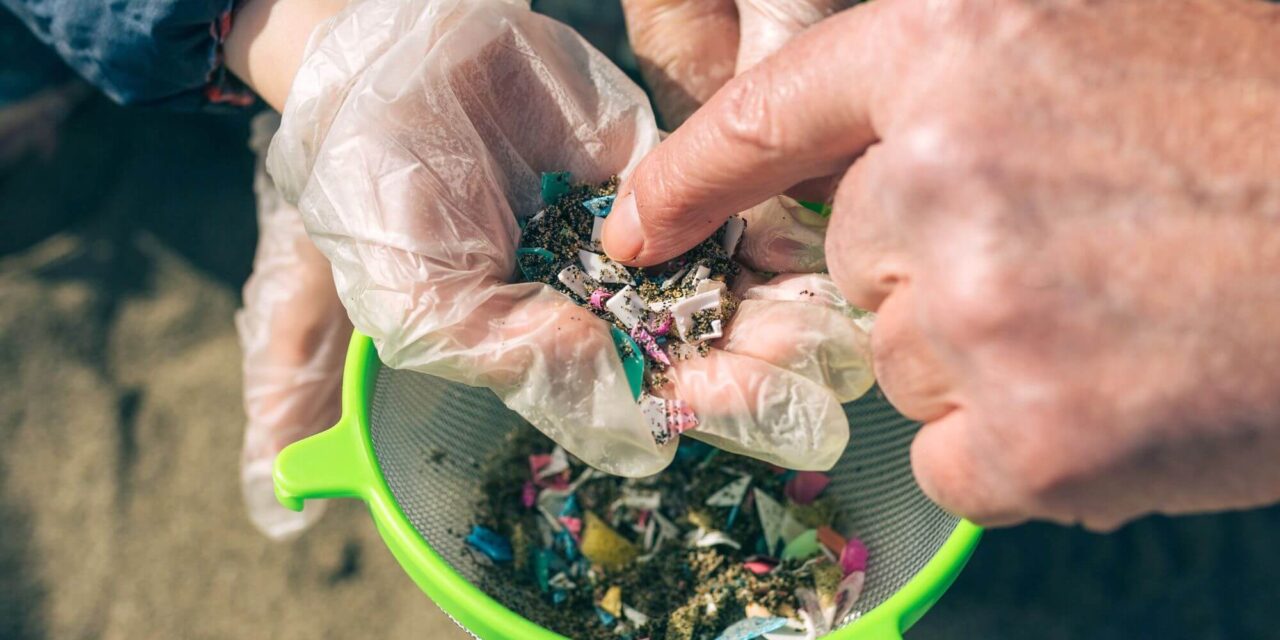
Table of Contents
Plastic has become inextricably linked to our daily lives in this age of ease. Over the previous two decades, the global production of plastic garbage has doubled, with the majority of it ending up in landfills, incineration facilities, or damaging the environment. According to a recent OECD assessment, only 9% of plastic garbage is successfully recycled.
As the globe prepares for United Nations deliberations on worldwide strategies to reduce plastic waste, the first OECD Global Plastics Outlook reveals a startling reality. Despite the continuing increase in plastic usage and waste due to rising populations and affluence, current strategies to minimize environmental leakage are ineffective.
According to the Outlook, OECD countries generate over half of all plastic garbage. The yearly per capita creation of plastic garbage varies, ranging from 221 kg in the United States and 114 kg in European OECD countries to an average of 69 kg in Japan and Korea.
Microplastics, comprised of synthetic polymers, are solid particles generally characterized as being smaller than 5 mm. These microscopic particles, which are sometimes invisible to the naked eye, pose a massive threat to our environment and health. While macroplastics, or larger plastic waste, contribute significantly to plastic pollution, the leakage of microplastics from sources such as industrial plastic pellets, synthetic textiles, road markings, and tire wear remains a major problem.
In this comprehensive guide, we’ll solve the enigma of microplastics, investigate their widespread prevalence, and offer practical advice on how to traverse the world without contributing to this microscopic threat.
“No matter how far man travels in space, microplastics will have been there before him.”
― Anthony T. Hincks
The Micro Intruders
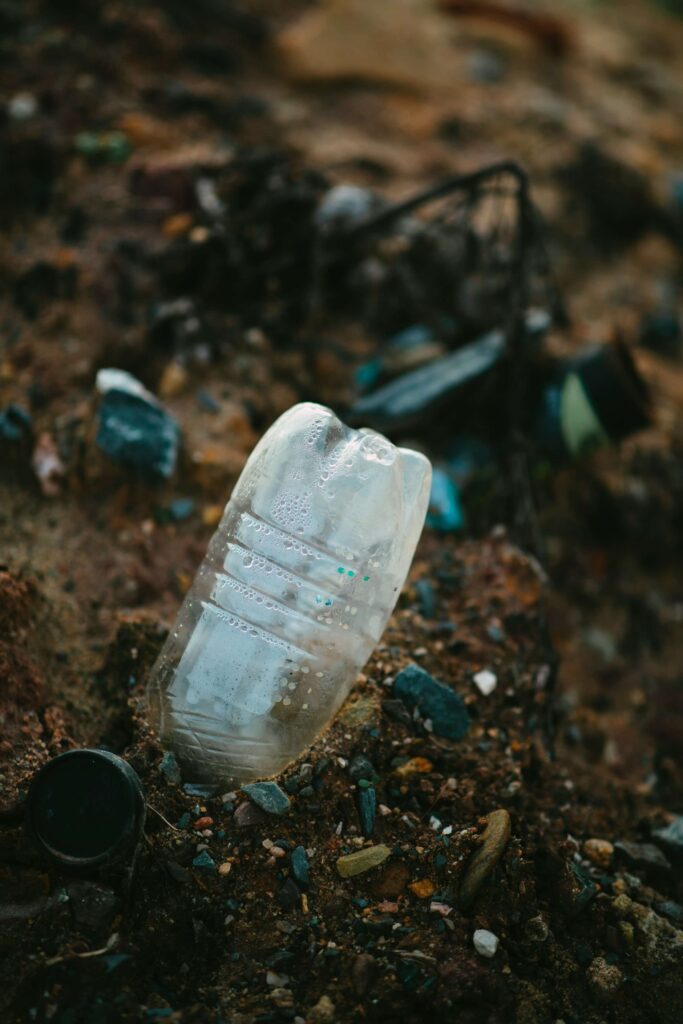
Microplastics, or plastic particles smaller than 5mm, have entered every nook of our globe. Microplastics are formed by the degradation of synthetic materials such as polyester and nylon, as well as from bigger plastic detritus. Even common products like plastic bottles, bags, and packaging contribute to this widespread pollution. Microplastics, which can permeate soil, air, and water, have entered the food chain and impacted both terrestrial and aquatic ecosystems.
Unseen Effects on Health
The impact of microplastics extends beyond environmental damage. These tiny particles have the ability to absorb and collect hazardous compounds, essentially acting as poisons carriers. When marine life consumes microplastics, they enter the food chain and eventually end up on our plates. Research suggests that potential health hazards include endocrine disruption and the production of carcinogenic chemicals. Understanding the relationship between microplastics and human health emphasizes the importance of tackling this issue.
Identifying Sources
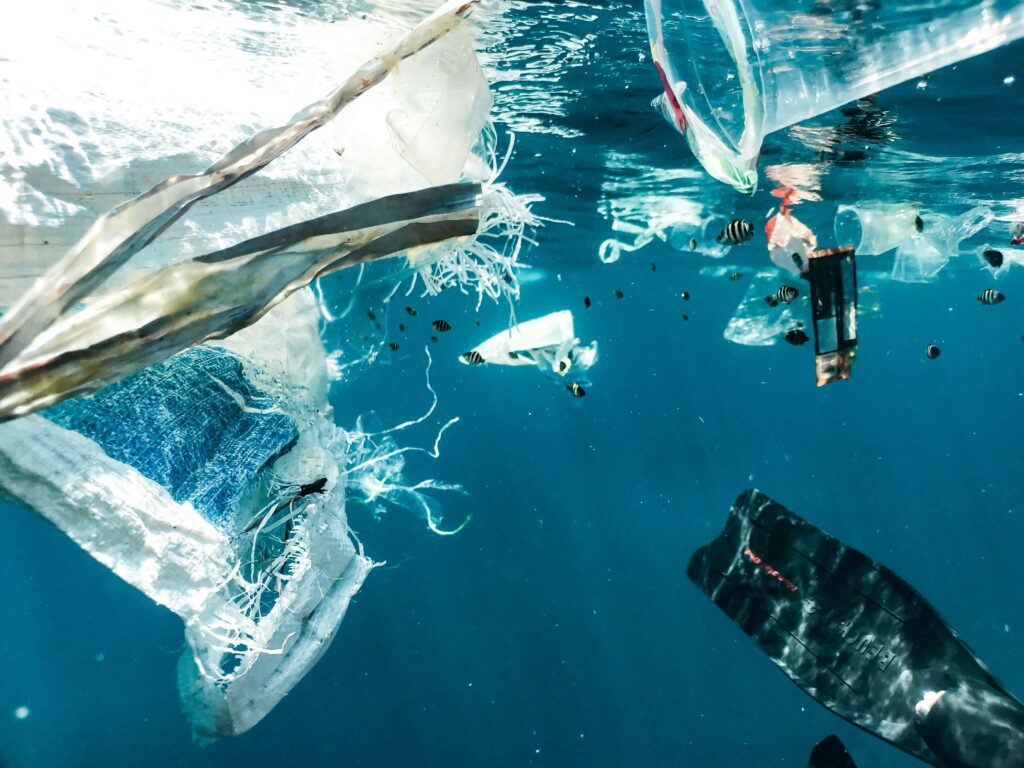
To effectively deal with the microplastic threat, we must first identify the origins. Common culprits include single-use plastics, synthetic textiles, microbead-containing personal care products, and even industrial operations. Being aware of these sources enables people to make informed decisions and work toward lowering their personal microplastic impact.
Mastering the Art of Avoidance
Avoiding microplastics demands a diversified approach. Individuals can help to mitigate this issue by making lifestyle modifications and conscious consumer choices. This chapter will go over practical ways for minimizing plastic consumption, identifying sustainable alternatives, and developing eco-friendly habits. Every action counts in the fight against microplastics, from adopting a zero-waste lifestyle to supporting businesses that prioritize sustainability.
“We can’t clean up the Earth that we have already contaminated, but we sure as hell can take actions to make sure that we don’t pollute this planet any more than it already is.”
― Anthony T. Hincks
Sustainable Alternatives and Innovations
In the battle to eliminate microplastics from our daily lives, adopting sustainable alternatives becomes critical. This section will look at creative solutions such biodegradable plastics, plant-based materials, and the circular economy. Readers will learn about the promising future of sustainable living by focusing on success stories and upcoming technologies.
10 Simple Ways to Avoid Microplastics in Your Everyday Life
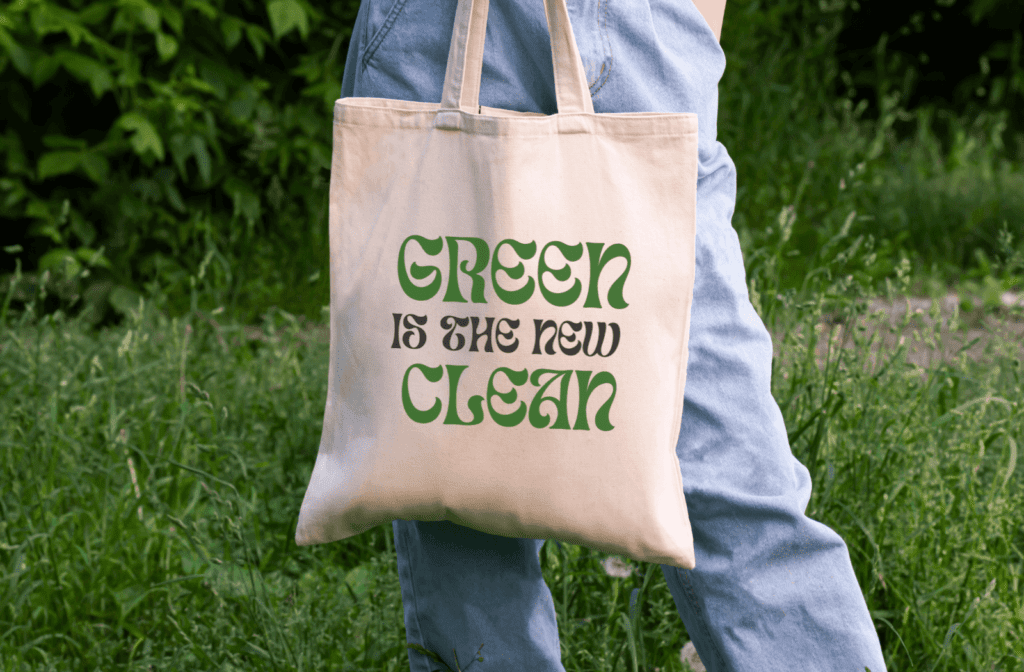
Starting a path to reduce your microplastic footprint does not have to be overwhelming. Here are five basic yet effective strategies you may easily include into your daily life:
1. Choose Natural Fibers: Rather than synthetic fabrics like polyester and nylon, choose clothing produced from natural fibers such as cotton, hemp, or wool. This minor change in your clothing choices can drastically minimize the amount of microplastics released into the environment after laundry.
2. BYOB (Bring Your Own Bag): Avoid single-use plastic bags by carrying reusable bags when shopping. Keep a collapsible, small bag in your purse or backpack so you’re always prepared.
3. Ditch the Disposable Water Bottle: Instead, invest in a reusable water bottle made of stainless steel, glass, or BPA-free plastic. Avoiding single-use plastic bottles not only reduces your risks of ingesting microplastics but also helps to reduce plastic waste in landfills and seas.
4. Mindful Personal Care Products: Check the ingredient list of your personal care products, such as scrubs and toothpaste, to ensure they do not include microbeads. Instead, use products that contain natural exfoliants such as sugar or salt.
5. Choose Loose Leaf Tea: Many tea bags are constructed from plastic fibers, which release microplastics into your cup when steeped. To avoid plastic, drink loose-leaf tea with a reusable infuser.
6. Buy in Bulk: Whenever possible, buy in bulk to reduce packaging waste. Bring your own containers to replace staples such as grains, pasta, and spices. This not only minimizes plastic consumption, but also saves money over time.
7. Eco-Friendly Cleaning Routine: Replace traditional cleaning chemicals with ecologically friendly alternatives. Look for choices with recyclable or reusable packaging, or try preparing your cleaning solutions at home with simple components like vinegar and baking soda.
8. Electronics should be disposed of responsibly because their casings frequently contain microplastics. When it comes time to replace or dispose of electronic gadgets, look into recycling programs to ensure responsible disposal and keep these microplastics from entering the environment.
9. Limit Fast fashion contributes greatly to microplastic contamination due to its use of synthetic textiles. Consider investing in high-quality, timeless clothing and looking into second-hand or sustainable fashion options to reduce your wardrobe’s environmental effect.
10. Be a Conscious Consumer: Research brands that are committed to sustainability before purchasing. Support companies that prioritize environmentally friendly methods and openness in their manufacturing operations.
By implementing these simple tips into your daily routine, you not only protect yourself from the possible health hazards linked with microplastics, but also help to create a cleaner, healthier Earth for future generations. Every intentional decision you make adds up, resulting in a ripple effect toward a microplastic-free society.
FAQ – Unveiling the Answers
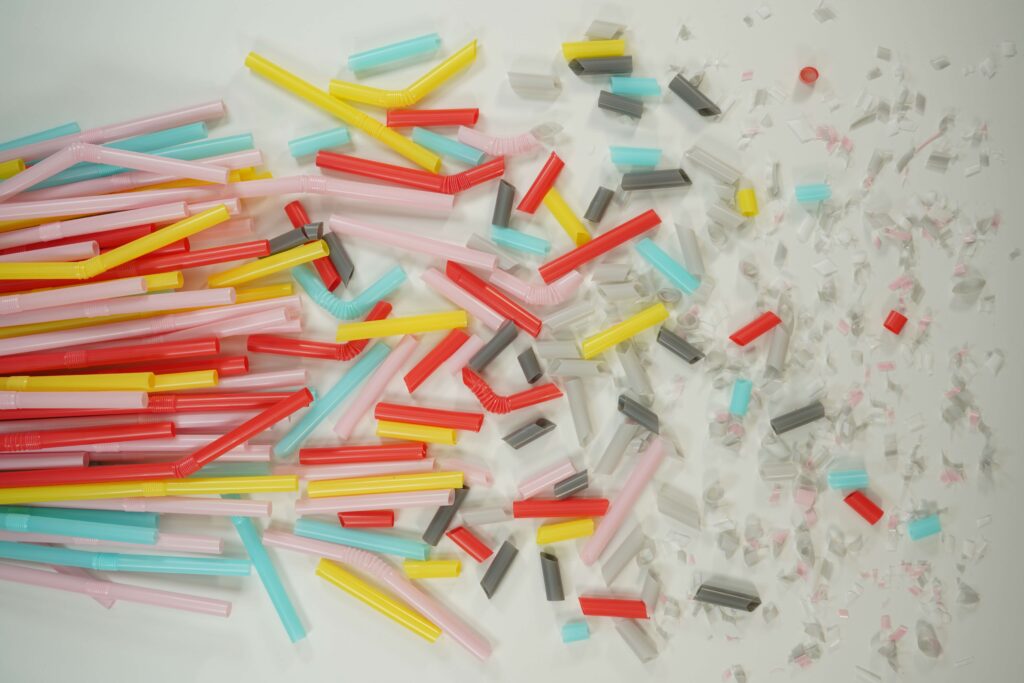
As we negotiate the intricate world of microplastics, questions are bound to arise. This FAQ section tries to answer common questions about microplastics and their impact on the environment and health.
What exactly are microplastics, and how are they created?
Microplastics are small particles, less than 5mm in size, that result from the breakdown of bigger plastic trash or are purposefully created as minute plastic pieces. They can also result from wear and tear on synthetic textiles such as polyester and nylon.
How do microplastics impact human health?
Studies indicate that microplastics can absorb and collect hazardous substances. When consumed, they may cause endocrine disruption and the production of potentially carcinogenic chemicals. The entire degree of these health effects is currently being investigated.
Which are the primary sources of microplastics?
Microplastics come from a variety of sources, including the breakdown of bigger plastic items, synthetic textiles, personal care products with microbeads, and industrial operations. Identifying these sources is critical in resolving the issue.
Can microplastics be removed from drinking water?
Conventional water treatment plants are not intended to properly remove microplastics. However, adopting water filtration systems with finer filters, such as activated carbon or reverse osmosis, may aid in the reduction of microplastics in drinking water.
How can I limit my exposure to microplastics in food?
Prefer fresh, lightly processed foods to packaged and processed alternatives. Be cautious of your cooking utensils and storage containers, and choose glass, stainless steel, or silicone over plastic.
Are any restrictions in place to address microplastics?
While some places have begun to impose limitations on specific plastic products, complete rules explicitly targeting microplastics are still being developed. Advocacy for stricter policies and restrictions is ongoing.
Can microplastics be recycled?
Microplastics are difficult to recycle because of their size and composition. However, reducing total plastic usage and supporting recycling activities can help lessen the impact of bigger plastic products that degrade into microplastics.
How should I dispose of objects that may contain microplastics, such as electronics?
When disposing of electronic gadgets, look into electronic trash recycling programs to ensure proper disposal. These programs are intended to handle material recycling while reducing the amount of microplastics released into the environment.
Do biodegradable plastics offer a solution to the microplastics problem?
While biodegradable polymers degrade faster than ordinary plastics, their environmental impact is determined by the conditions of decomposition. Some require specialized industrial composting facilities, and their efficiency in reducing microplastics is still debated.
How can I stay current on microplastics and sustainable living practices?
Stay involved with credible environmental organizations, read blogs about sustainable living, and check for scientific research updates on a regular basis. Participating in sustainability-focused online networks can bring useful insights and tools.
By answering these commonly asked questions, we seek to promote a better awareness of microplastics and enable people to make educated decisions in their pursuit of a more sustainable and plastic-free lifestyle.
Conclusion

As stewards of our planet, we must face the microplastic menace head on. We can have a major impact if we grasp the sources, acknowledge the consequences, and execute meaningful solutions. Allow this guide to act as a road map for navigating a world free of microplastics, creating a more sustainable and healthier future for future generations.


